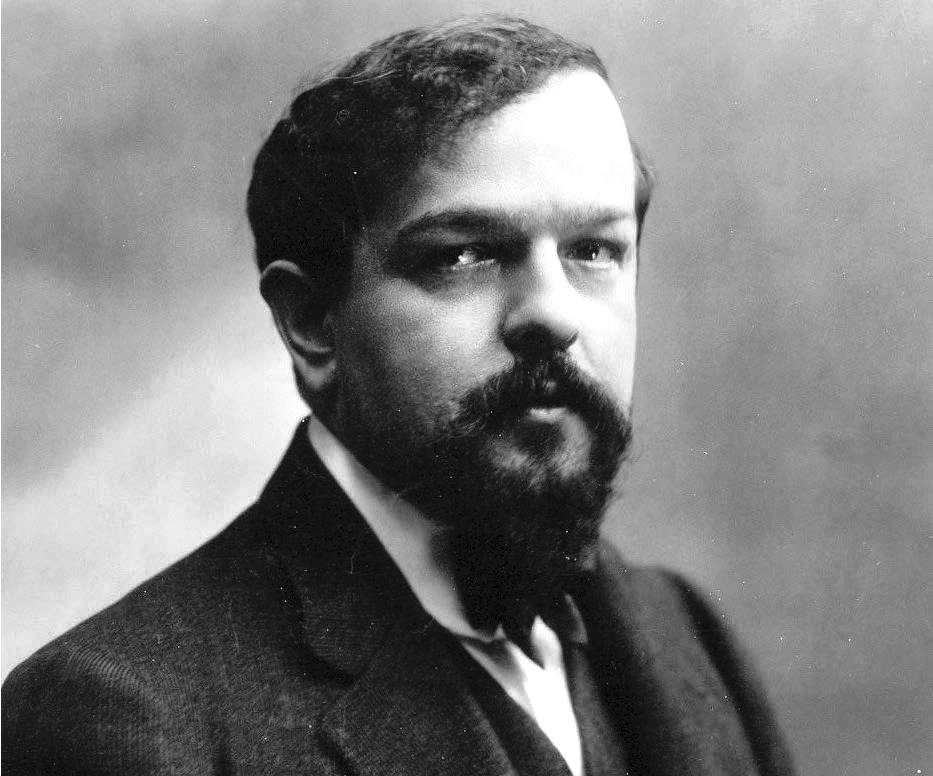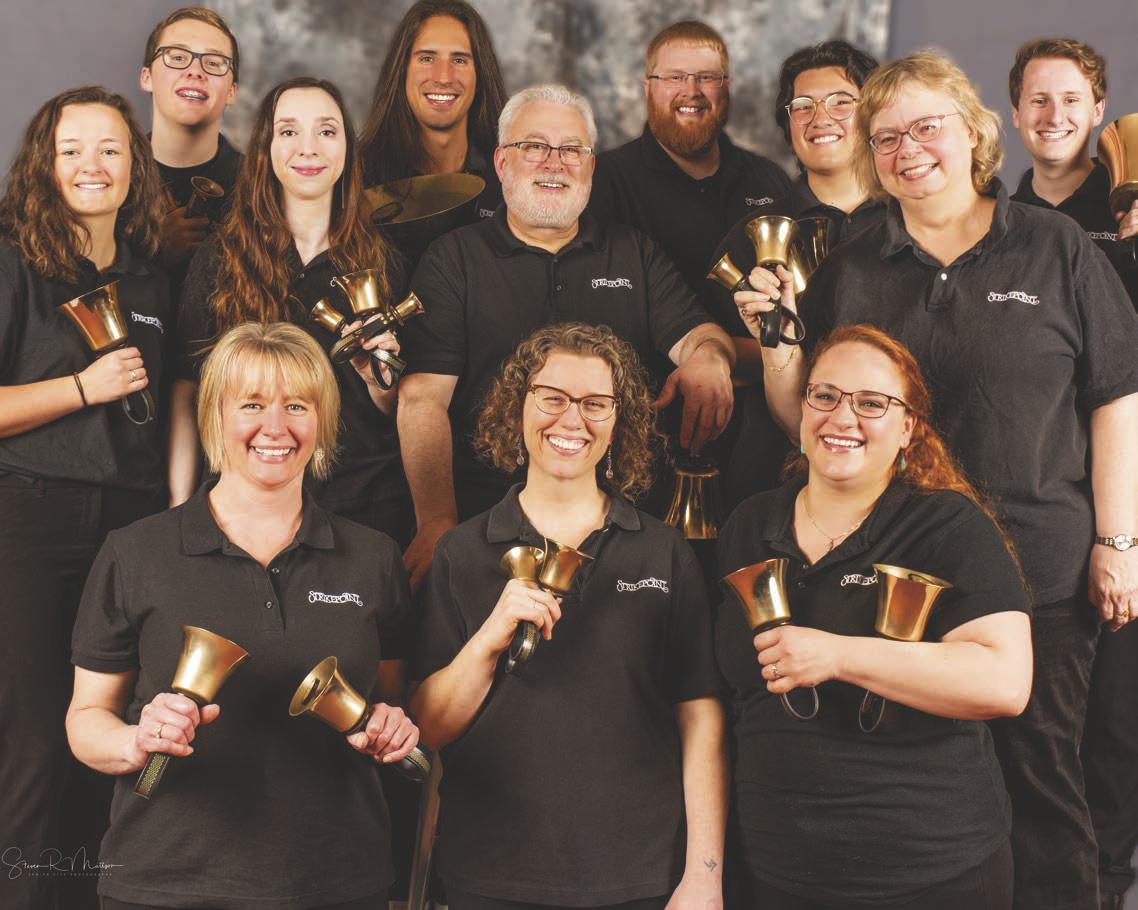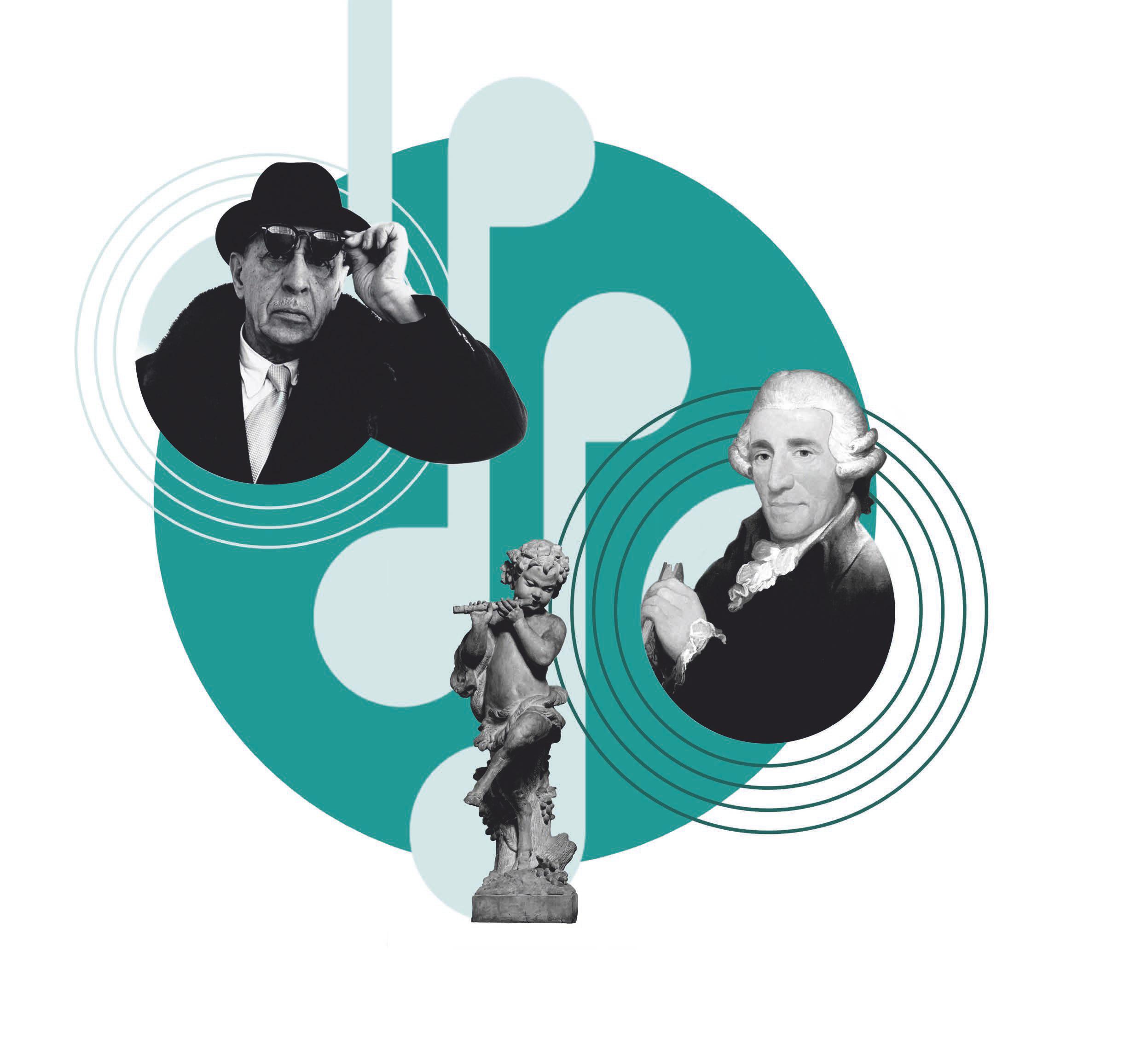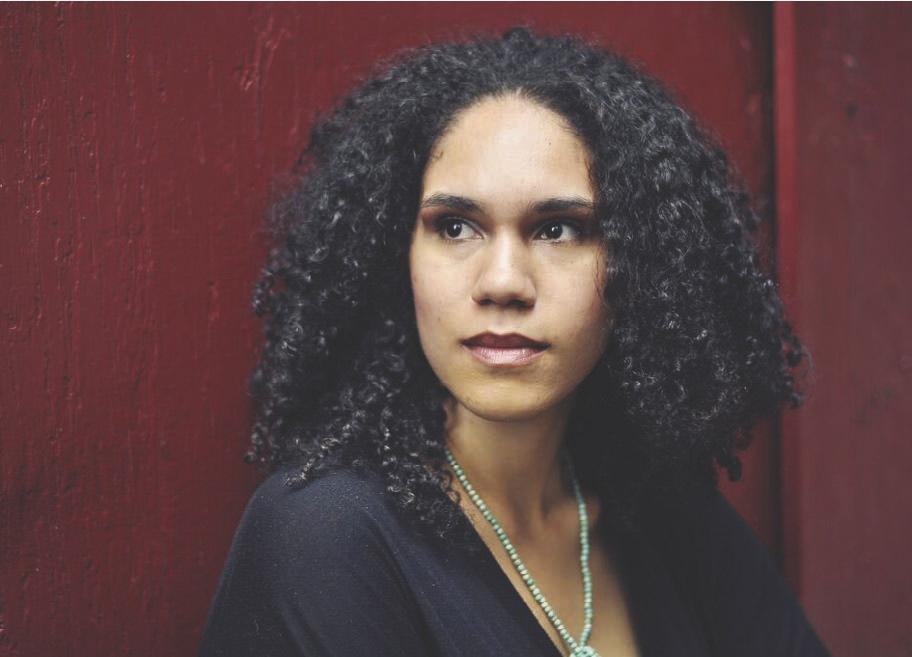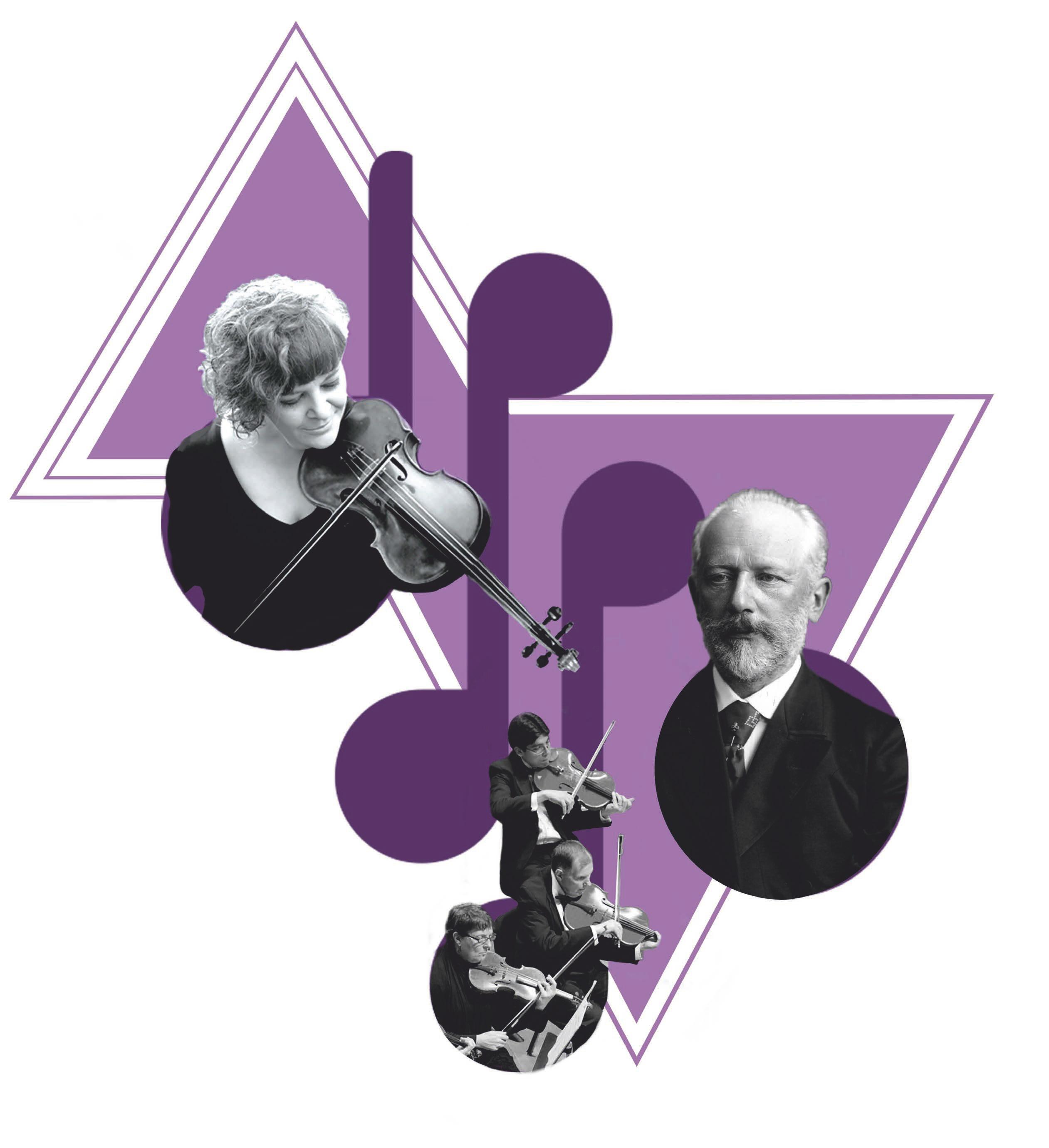MASTERWORKS 1
STRUM JESSIE MONTGOMERY: Born: 1981, in New York City, New York Work Composed: 2006; Revised in 2012 World Premiere: Hill Auditorium, Ann Arbor, Michigan Performance History: This performance of Strum is the first work by Ms. Montgomery to be played by the Duluth Superior Symphony Orchestra.
Instrumentation: String Orchestra.
Jessie Montgomery was raised in the Lower East Side of Manhattan by musical parents. She began violin studies at the Third Street Music School Settlement and continued on to receive a bachelor’s degree in violin performance from the Juilliard School. In 2012 she completed a master’s degree in Composition for Film and Multimedia at New York University. Montgomery became involved with the Detroit-based Sphinx Organization in 1999. The Sphinx Organization supports young African American and Latinx string players. She received multiple Sphinx awards and grants as a young performer and composer and now serves as composer-in-residence for the Sphinx Virtuosi, the organization’s professional touring ensemble. Strum was commissioned by Community MusicWorks, an organization in Providence, Rhode Island whose mission is “to create cohesive urban community through music education and performance that transforms the lives of children, families, and musicians.” The revision was commissioned by the Sphinx Organization. The innocent beginning evokes a quasi folk/rock/bluegrass mood that moves into a Bartók-like asymmetrical development. Montgomery writes of Strum that it “is the culminating result of several versions of a string quartet I wrote in 2006... Originally conceived for the formation of a cello quintet, the voicing is often spread wide over the
TO CREATE COHESIVE URBAN COMMUNITY THROUGH MUSIC EDUCATION AND PERFORMANCE THAT TRANSFORMS THE LIVES OF CHILDREN, FAMILIES, & MUSICIANS
16 DULUTH SUPERIOR SYMPHONY ORCHESTRA
ensemble, giving the music an expansive quality of sound. Within Strum I utilized texture motives, layers of rhythmic or harmonic ostinati that string together to form a bed of sound for melodies to weave in and out. The strumming pizzicato serves as a texture motive and the primary driving rhythmic underpinning of the piece. Drawing on American folk idioms and the spirit of dance and movement, the piece has a kind of narrative that begins with fleeting nostalgia and transforms into ecstatic celebration.”
JESSIE MONTGOMERY THE FOUR SEASONS OF BUENOS AIRES ASTOR PIAZZOLLA: Born: March 11, 1921 In Mar del Plata, Argentina Died: July 5, 1992 in Buenos Aires Work Composed: 1965-1970; arranged for solo violin with string orchestra by Leonid Desyatnikov, 1999 World Premiere: Complete suite on May 19, 1970, at the Teatro Regina in Buenos Aires, Piazzolla and his quintet
Instrumentation: String Orchestra with solo violin.
When Astor Piazzolla was four years old his family moved to Greenwich Village in New York City, which in those days was inhabited by a volatile mixture of gangsters and hard-working immigrants. Because his parents worked long hours, Piazzolla quickly learned that he had to take care of himself on the streets. He was exposed to jazz and classical music and would listen to his father’s records of tango orchestras. In 1929 his father bought his son a bandoneón from a pawn shop. After a brief visit to Mar del Plata in 1930, the family returned and moved into Little Italy in lower Manhattan. He composed his first tango, La Catinga, in 1932 and the


